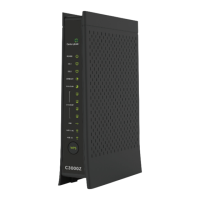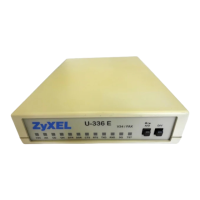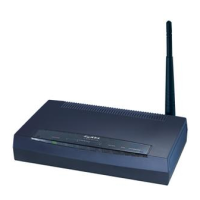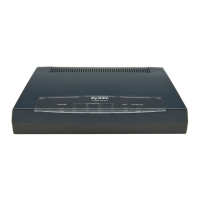eir F1000 Modem User’s Guide
The following table describes the labels in this screen.
Table 78 Service: Add/Edit
Choose the IP protocol (TCP, UDP, ICMP, or Other) that defines your customized port from
the drop-down list box. Select Other to be able to enter a protocol number.
These fields are displayed if you select TCP or UDP as the IP port.
Select Single to specify one port only or Range to specify a span of ports that define your
customized service. If you select Any, the service is applied to all ports.
Type a single port number or the range of port numbers that define your customized
service.
This field is displayed if you select Other as the protocol.
Enter the protocol number of your customized port.
Click this to add the protocol to the Rule List below.
This is the IP port (TCP, UDP, ICMP, or Other) that defines your customized port.
For TCP, UDP, ICMP, or TCP/UDP protocol rules this shows the port number or range that
defines the custom service. For other IP protocol rules this shows the protocol number.
Click the Delete icon to remove the rule.
Enter a unique name (up to 32 printable English keyboard characters, including spaces) for
your customized port.
Enter a description for your customized port.
Click Apply to save your changes.
Click Cancel to exit this screen without saving.
13.4 The Access Control Screen
Click Security > Firewall > Access Control to display the following screen. This screen displays a
list of the configured incoming or outgoing filtering rules.
Figure 112 Security > Firewall > Access Control
The following table describes the labels in this screen.
Table 79 Security > Firewall > Access Control
Click this to go to add a filter rule for incoming or outgoing IP traffic.
This is the index number of the entry.

